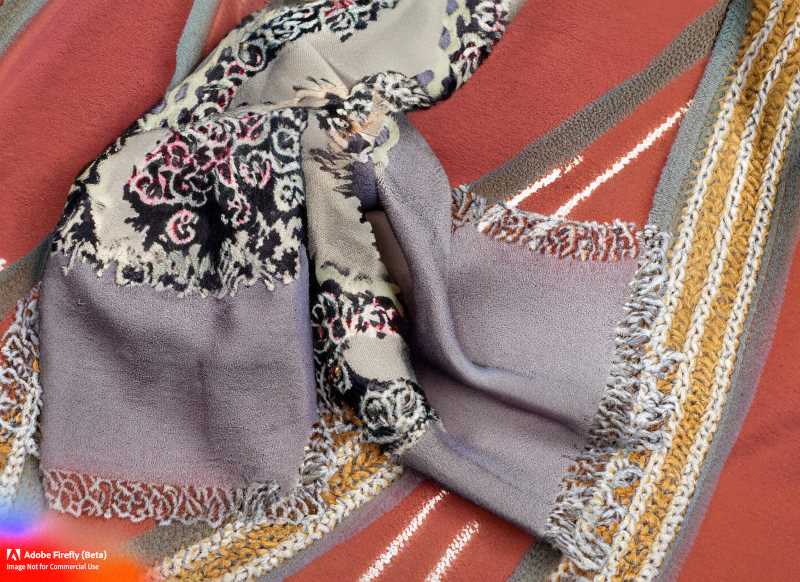The Intricate Process of Making Mexican Shawls
Discover the history and production of the shawl, a versatile and iconic garment in Mexican culture. Learn about the three roots of the shawl, the intricate process of making it, and the different varieties it comes in.





